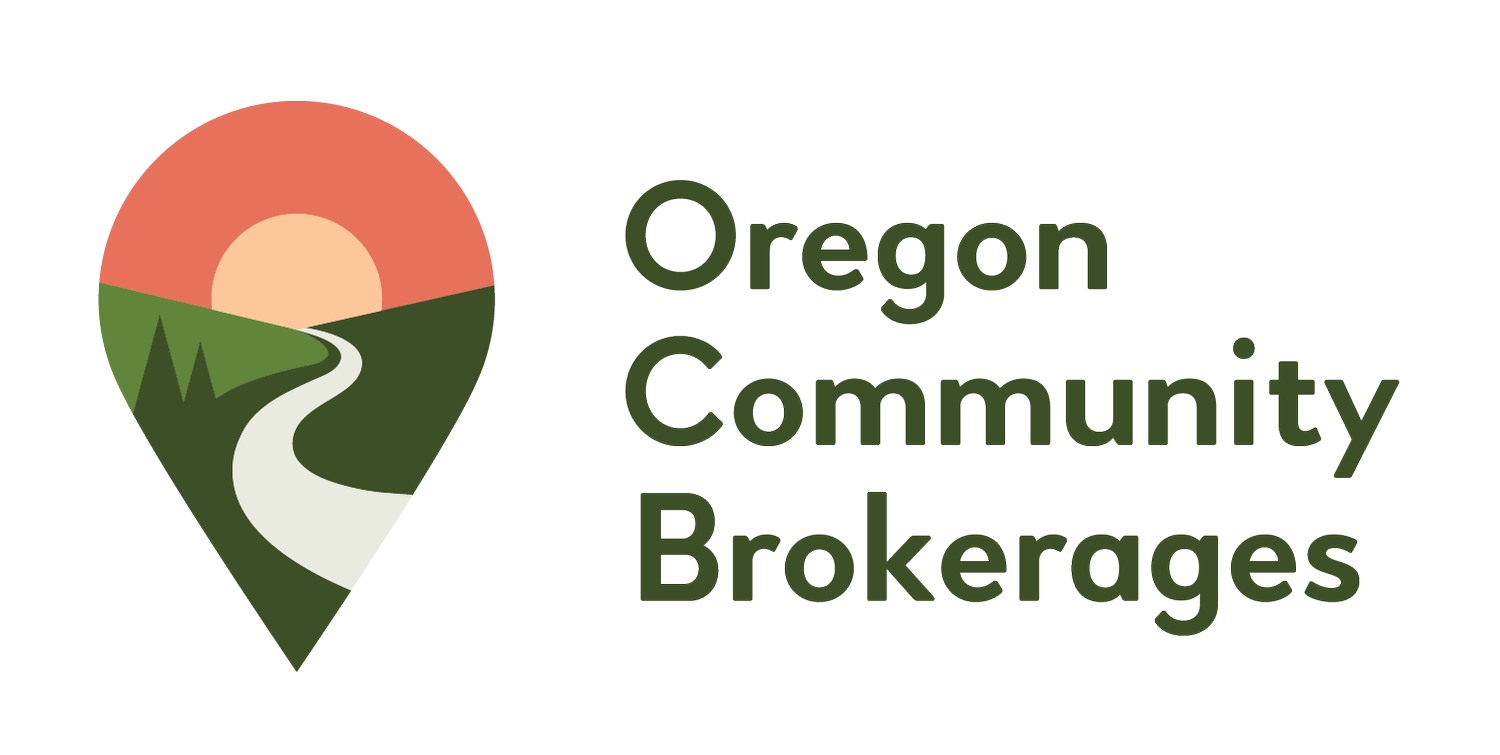
Co-Chairs Release a Targeted Reduction List--What's On It?
Oregon’s economy is healthy and growing, but so are its costs. In fact, the costs of current services and budgeted obligations have outpaced the amount of money coming into the state to pay for them. Our legislative leaders have been warning us for months now that, without new sources of revenue, there will be cuts. Now, for the first time, we are getting a clearer picture of what those cuts might look like, as the Joint Ways and Means Committee Co-Chairs, Senator Richard Devlin (D-Tualatin) and Representative Nancy Nathanson (D-Eugene) have released their 2017-19 Target Reduction Lists.

The State Budget Process: This Year's Recommendations From the Governor
You may have seen headlines this month about the release of Governor Brown’s Recommended State Budget. As discussed in yesterday’s post, the Oregon state budget takes several months and three major steps from start to finish. We begin with data, reports, and recommendations from each governmental agency as to how services are currently operating, and what it would take to continue them (ARB). Next, the Governor synthesizes the disparate agency requests into a single budget, recommending it to the legislature, and to all Oregonians (GRB). The state legislature then takes those critical components, pairs them with months of gathered input and information from constituents, and creates a final legislative budget for approval (LAB). Once the Legislatively Approved Budget is formally adopted, the process is complete. Oregon creates a budget every two years.

The State Budget Process: What Do I Need To Know?
For the IDD system, the budgeting process is often a roller-coaster of emotion and advocacy. Service levels, program funding, and provider rates are all determined by the biennial state budget. On December 1st, Governor Kate Brown released her Governor’s Recommended Budget (GRB), which is a detailed budget plan for the 2017-2019 biennium. To get a handle on where the GRB falls in the full budget process, let’s take a closer look at it from start to finish.
